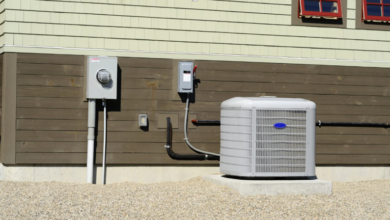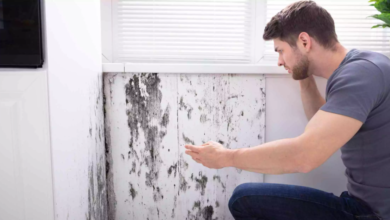Water damage, whether from flooding, plumbing failures, or storms, can leave behind more than just visible stains and structural issues. One of the most critical yet often overlooked consequences is the rapid growth of mold. Within just 24–48 hours of moisture exposure, mold can begin to form, creating significant health and property risks. This is why scheduling a mold inspection in Atlanta becomes essential after water damage. Acting swiftly can help identify hidden mold and prevent long-term complications.
Understanding the Need for Mold Inspections
After a home or building suffers water damage, it’s not just surface-level repairs that need attention. Mold spores can infiltrate drywall, flooring, and insulation, areas not easily visible to the eye. A professional mold inspection assesses both visible and hidden areas using specialized equipment, ensuring no mold goes undetected.
Trained inspectors follow a comprehensive process to examine affected areas and take air or surface samples to determine contamination levels. As seen in discussions about what happens during a mold inspection, these evaluations go far beyond a simple glance and aim to reveal both visible and concealed mold issues. This thorough approach is critical in identifying contamination before it becomes widespread.
See also: Revolutionizing Security: The Impact of Advanced X-Ray Scanner Technology in Modern Applications
Health Risks of Post-Water Damage Mold
The presence of mold in any indoor environment can negatively impact air quality and overall well-being. Individuals with respiratory conditions, allergies, or weakened immune systems are particularly vulnerable. In damp or humid environments, toxic mold species like Stachybotrys can develop, leading to more severe reactions such as chronic coughing, fatigue, or even neurological symptoms.
Beyond the general concern of microbial growth, it’s important to understand the different types of mold that can grow after water damage, including Aspergillus, Penicillium, and Cladosporium. Each type varies in health implications and remediation difficulty. Recognizing these differences highlights why immediate professional evaluation is essential.
Long-Term Impact on Property
Mold is not just a health hazard, it also deteriorates building materials. Over time, mold can weaken wood, rot framing, and cause drywall to crumble. It can also lead to unpleasant odors and persistent stains that affect the value and livability of a property. The longer mold goes undetected, the higher the cost of remediation and restoration.
Homeowners often underestimate mold’s ability to grow behind walls, under carpets, or inside HVAC systems. That’s why relying on professional inspections, not surface-level checks, is key to ensuring a home is truly dry and safe. Once mold takes root, removing it becomes far more complex and expensive.
Conclusion
Addressing mold after water damage isn’t just a precaution, it’s a necessity for safeguarding your home and your health. While water damage may seem resolved once surfaces are dried and cleaned, hidden mold can remain and silently spread. Professional inspections offer the peace of mind that every corner of your property has been evaluated and cleared. Through early detection and intervention, the risks of structural damage and health concerns can be significantly reduced. Always choose certified experts to manage inspections and remediation so your living environment remains safe and secure.




